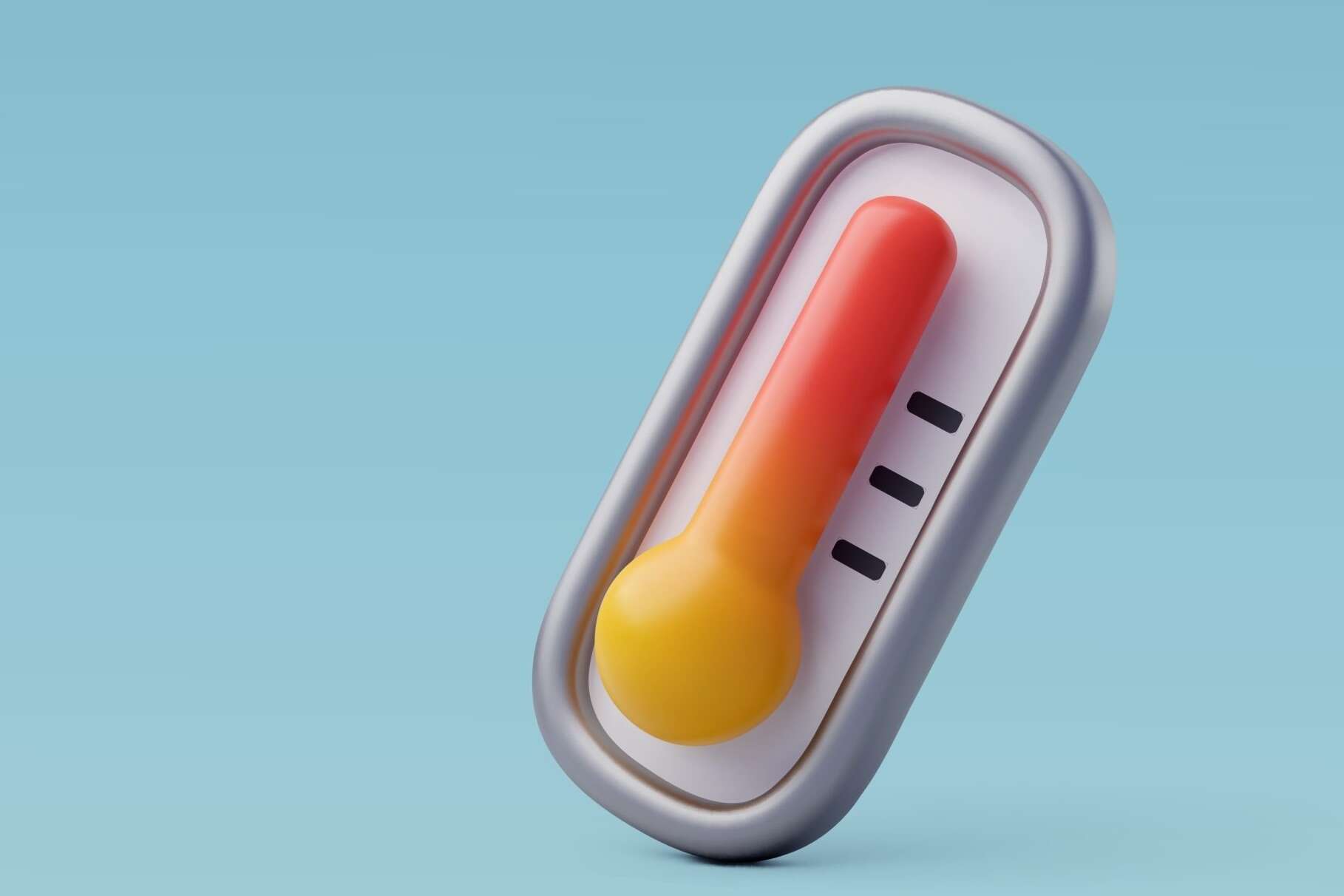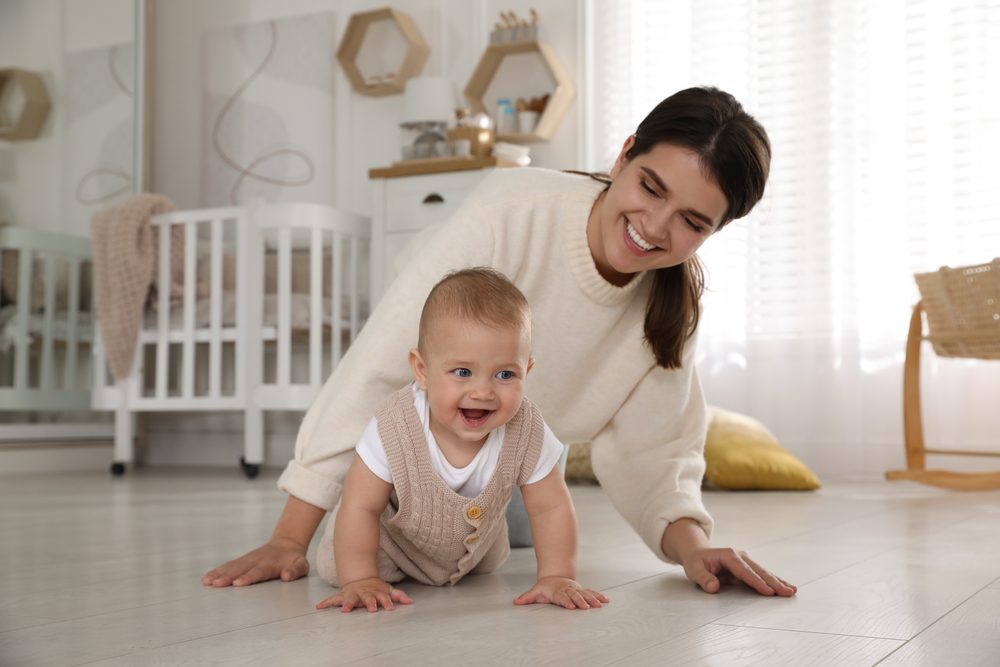As a new addition to the family arrives, you must take full responsibility for ensuring your baby’s comfort and safety. This includes regulating their body temperature, which is crucial for their well-being. So, make sure you take all the necessary measures to keep your baby cozy and secure at all times. In this article, we’ll explore some practical tips and tricks for maintaining a comfortable and safe environment for your little one, without getting too formal.
1. Understanding Baby’s Temperature Needs
Babies are sensitive to temperature changes, so create a comfortable environment and pay attention to their cues. While there’s no one-size-fits-all approach to temperature regulation for babies, a general rule of thumb is to keep their room comfortably warm, around 68-72 degrees Fahrenheit (20-22 degrees Celsius).

2. Dressing Your Baby for the Weather
When it comes to dressing your baby, layers are your best friend. Opt for breathable, lightweight fabrics like cotton, which help regulate body temperature and prevent overheating. In warmer weather, dress your baby in light, loose-fitting clothing, and consider using a lightweight swaddle or sleep sack for added comfort. In colder weather, layer up with a cozy onesie, socks, and a soft blanket for extra warmth.
3. Creating the Perfect Sleep Environment
A comfortable sleep environment is essential for your baby’s health and well-being. Keep your baby’s sleep space free from excessive bedding, pillows, and stuffed animals, which can pose suffocation hazards and increase the risk of overheating. Instead, opt for a firm mattress with a fitted sheet and consider using a sleep sack or wearable blanket to keep your baby cozy without the need for loose bedding.
4. Monitoring Room Temperature
Invest in a reliable room thermometer to keep track of the temperature in your baby’s room. Aim for a temperature of around 68-72 degrees Fahrenheit (20-22 degrees Celsius) for optimal comfort and safety. Keep in mind that your baby’s room may need to be slightly cooler during naptime and bedtime to prevent overheating, so adjust the thermostat accordingly.
5. Keeping an Eye on Your Baby’s Comfort Cues
Your baby will give you plenty of clues when they’re feeling too hot or too cold, so it’s essential to pay attention to their comfort cues. Signs of overheating include sweating, flushed skin, rapid breathing, and irritability. On the other hand, signs of being too cold include cold hands and feet, fussiness, and difficulty sleeping. If you notice any signs of discomfort, adjust your baby’s clothing or bedding accordingly.
6. Be Mindful of Outdoor Temperatures
When venturing outdoors with your baby, be mindful of the weather conditions and dress them appropriately. In hot weather, keep your baby cool and hydrated by dressing them in lightweight, breathable clothing and offering plenty of fluids. In cold weather, bundle up with layers and protect your baby’s extremities with hats, mittens, and booties. Remember to shield your baby from direct sunlight and seek shade when possible to prevent sunburn and overheating.
7. Using Fans and Air Circulation
Fans can be a great tool for keeping your baby cool and comfortable, especially during the warmer months. Use a ceiling fan or portable fan to circulate air and create a gentle breeze in your baby’s room. Just be sure to keep the fan on a low setting and out of reach of your baby to prevent accidents. Additionally, avoid pointing the fan directly at your baby, as this can cause them to become too cold.
8. Hydration is Key
Staying hydrated is essential for maintaining your baby’s body temperature and overall health. Whether it’s breast milk, formula, or water, offer frequent feedings to ensure your baby stays hydrated, especially during hot weather. Keep an eye out for signs of dehydration, such as dry lips, fewer wet diapers, and lethargy, and seek medical attention if you have any concerns.

9. Trust Your Instincts
As a parent, you know your baby best, so trust your instincts when it comes to temperature regulation. If something doesn’t feel right or if you’re unsure whether your baby is too hot or too cold, don’t hesitate to seek advice from your pediatrician or healthcare provider. They can offer guidance and reassurance to help ensure your baby stays safe and comfortable in any weather.
Conclusion
In conclusion, maintaining a comfortable and safe environment for your baby is essential for their health and well-being, especially when it comes to temperature regulation. By paying attention to your baby’s cues, dressing them appropriately for the weather, and creating a comfortable sleep environment, you can help ensure that your little one stays cozy and content year-round. With a little bit of mindfulness and preparation, you can create the perfect environment for your baby to thrive and grow.


